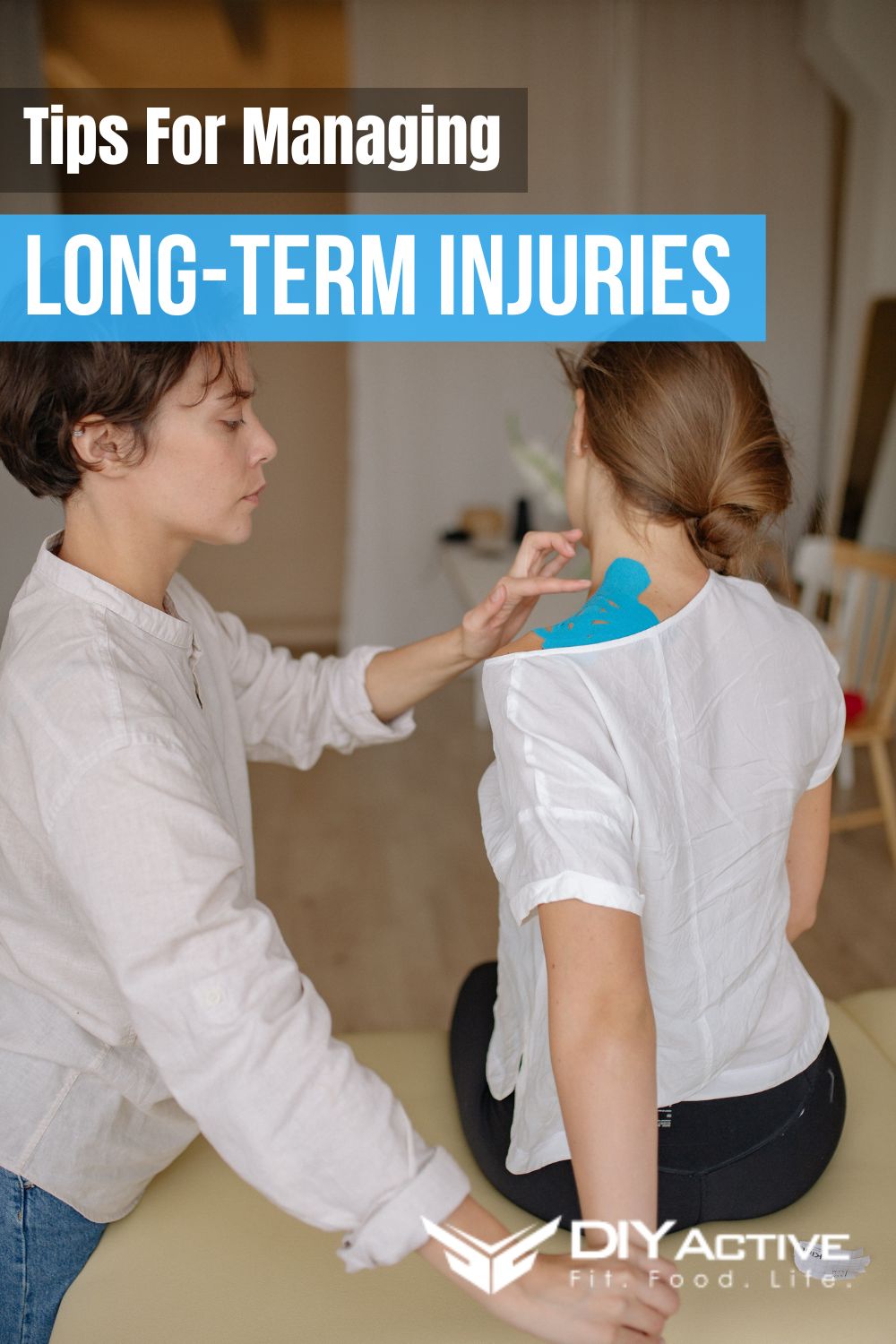Long-Term Injuries
Anyone who’s played sports has encountered an injury or two. Nevertheless, an injured person would eventually recover and return to their feet. But sometimes, specific injuries are too severe and leave significant effects even long after you’ve recovered.
Tips For Managing Long-Term Injuries
Long-term injuries aren’t only painful right when you have them. They could linger for years if you fail to care for them correctly. In addition, your injury might impede your normal activities and reduce your quality of life.
Therefore, you must take the necessary actions to stay healthy and happy as long as possible. If you currently have an injury or would like to take precautions when you do, here are some tips on how to manage it:
1. Look For A Lawyer
You may be eligible for compensation if you get injuries like lower back pain from an accident. However, you need to find an attorney specializing in personal injuries. They’ll help you receive the monetary compensation equivalent to the pain and suffering you experienced during and after the accident.
Meanwhile, grievous injuries are often caused by accidents at home, at work, or on the road. Back pain, in particular, is one of the most common injuries you can get from an accident that could render long-term pain when not treated properly.
Doctors will use a numbering system to indicate parts of your spine when treating back pain. The L1 through L5 are the largest vertebrae known as the lumbar spine. When this part is injured, it could permanently affect your ability to move.
Thus, you must get a reputable personal injury lawyer aside from a doctor. You can all work together to document the development of your injuries to prove your entitlement to compensation.
2. Get Physical Therapy

It’s important to note that not all injuries require physical therapy as part of the healing process. However, if you have an injury that’s expected to have adverse long-term effects, you may consider looking for a physical therapist.
An experienced physical therapist will evaluate your condition and recommend a course of treatment. Here are some examples of injuries where physical therapy can significantly help:
- Bone fractures
- Sprained ankles
- Back or spinal cord injury
- Pinched nerves
- Torn tendons or ligaments
- Neck and shoulder injuries
Undergoing physical therapy when you have any afflictions is perfect for a speedy recovery. Additionally, therapy sessions could help strengthen your body and reduce the chances of your injury worsening over time.
Moreover, your doctor may recommend taking physical therapy as soon as it’s safe for you. It’s better not to delay therapy to avoid complications like nerve damage. Your physical therapist will have customized treatment suited for you, and your schedule may begin a few days after your injury has stabilized.
3. Avoid Smoking And Drinking
Vices have their perks, but they’re dangerous when taken regularly in the long run. Smoking and drinking may numb the pain temporarily. As a result, patients suffering from chronic pain might turn to these vices and become dependent on their effects.
When healing from a severe injury, your doctors will advise you to cut back on tobacco and alcohol for a period. The substances may ease the pain to a degree, but their adverse effects could outweigh that.
Meanwhile, the effects of alcohol and tobacco, when consumed excessively, may cause long-term complications for your injury and body. Hence, it’s best to avoid drinking and smoking during and after recovery.
4. Reduce Stress
Stress isn’t tangible, yet it might affect your long-term injuries significantly. Doctors would often advise their patients to lessen their stress levels. When you put more pressure on yourself while you’re injured, you risk making things worse and slowing down your recovery.
There are many ways for patients to reduce stress. One thing you could do is to start identifying the things that bring you discomfort. It could be the environment you’re in or your partner. If that’s the case, take as much time as you need to mend relationships and surround yourself with loved ones. You could also move to a less chaotic part of town.
Additionally, joining a support group is excellent for those experiencing chronic pain. You’ll connect with others in a similar plight as you, learn from their stories, and pick up new ideas for pain management. Spending time with people who can understand you is one of the many ways to reduce stress.
5. Exercise
Injuries can render anyone weak and immobile, mainly if they occur on one’s limbs or back. If you’ve recently suffered a serious injury, you might be hesitant to engage in physical activity for fear of exacerbating your pain. However, living a sedentary lifestyle isn’t advisable. Once you can move freely, make it a point to exercise. Even 30 minutes of light daily exercise is enough.
If you’re wary of getting hurt again, you could ask your doctor or physical therapist for appropriate exercises that are safe to do. Regular movement will keep your blood pumping, resulting in a healthier body.
Wrap-Up
Chronic pain after an injury is more manageable than you might think. Thankfully, people are willing to help you and offer additional tips to ensure you live your best life even after getting injured. It takes a little effort on your part to continue both your physical and emotional healing process.
Photo by Yan Krukov